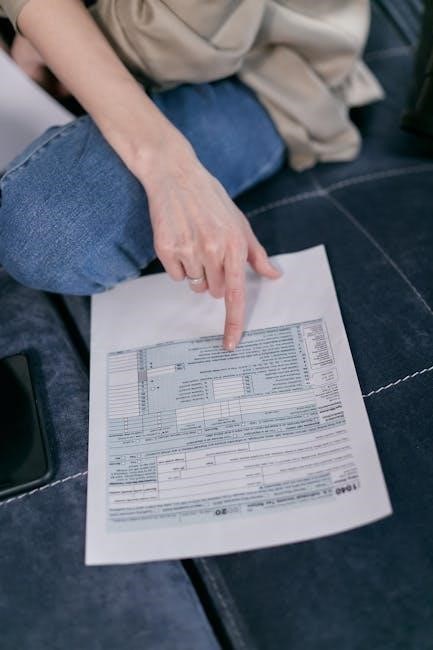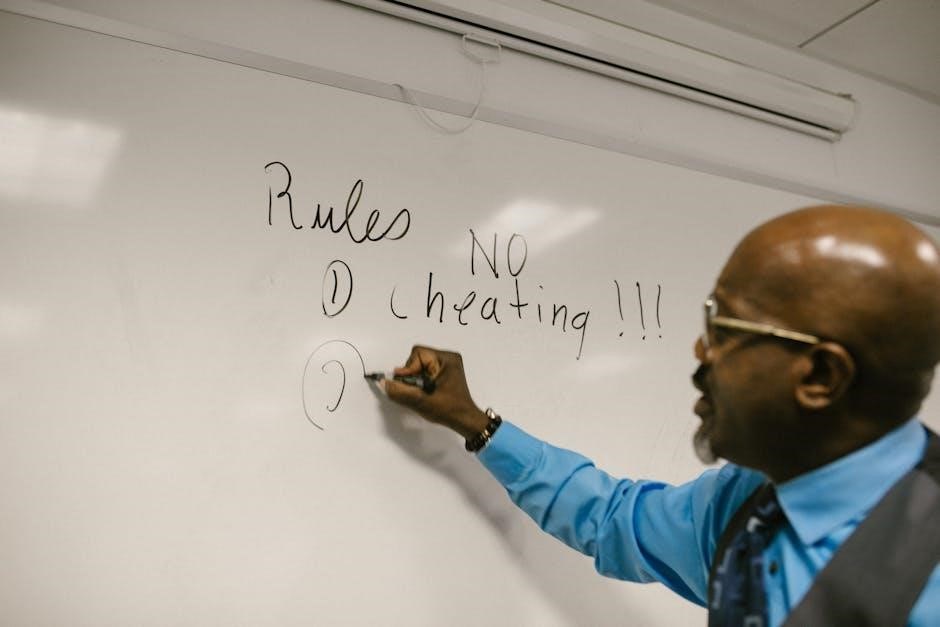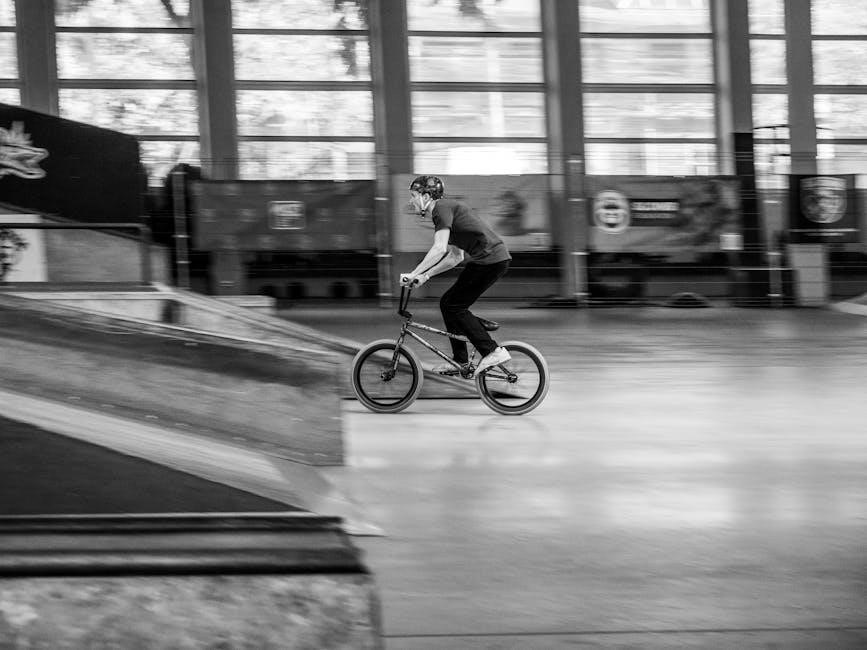The Ender 3 instructions are available online, providing step-by-step guides for users to follow and successfully assemble their 3D printer with ease and precision always required.
Overview of the Assembly Process
The assembly process of the Ender 3 3D printer involves several steps that require attention to detail and patience. According to online guides, the process begins with preparing the workbench and gathering the necessary tools. The user must then check the bed level and make any necessary adjustments to ensure a stable printing surface. The assembly process also involves securing the Z-axis motor assembly and connecting the stepper motors, which are crucial components of the printer. By following the step-by-step instructions provided online, users can successfully assemble their Ender 3 3D printer and start printing their desired objects. The online guides provide a comprehensive overview of the assembly process, making it easier for users to navigate and complete the task with ease and precision, and achieve optimal printing results. The process requires careful planning and execution.

Assembling the Z-Axis Motor
Secure the Z-axis motor assembly with M4 screws to the aluminum profile, ensuring a stable connection always, with proper alignment and tightening for optimal performance and results.
Securing the Z-Axis Motor Assembly
To secure the Z-axis motor assembly, position the hole of the assembly at the threaded hole of the aluminum profile, then secure with M4 screws.
Ensure the screws are tightened properly to prevent any movement or vibration during operation.
The Z-axis motor assembly should be aligned with the aluminum profile to ensure proper movement and functionality of the 3D printer.
The screws should be tightened in a star pattern to prevent uneven pressure and damage to the assembly.
It is essential to follow the manufacturer’s instructions for securing the Z-axis motor assembly to ensure optimal performance and results.
The assembly should be checked for any loose screws or misalignment before proceeding with the next steps.
Proper securing of the Z-axis motor assembly is crucial for the overall functionality and accuracy of the 3D printer.
By following these steps, users can ensure a stable and secure connection for their Z-axis motor assembly.

Connecting the Stepper Motors
Connect the stepper motors according to the labels on the connector for proper function and operation always.
Connecting the X, E, and Z-Axis Stepper Motors
The process of connecting the X, E, and Z-axis stepper motors is crucial for the proper functioning of the 3D printer. According to the instructions, the motors should be connected to the main board using the 6-pin connector, ensuring that the keys on the plugs are correctly aligned. The yellow labels on the connector provide a clear indication of which motor should be connected to which port. It is essential to follow the instructions carefully to avoid any damage to the motors or the main board. By connecting the motors correctly, users can ensure that their 3D printer is functioning as intended, producing high-quality prints with precision and accuracy. The connection process is relatively straightforward, and users can refer to the online instructions for guidance and support. Proper connection is vital for optimal performance.

Setting Up the Control Panel
The control panel is connected to EXP3 and the power supply to the control box for proper functioning always required with correct input voltage selection.
Connecting the Control Panel Cable
To connect the control panel cable, locate the EXP3 port, which is the closest one to the middle of the printer, and gently plug in the cable.
The control panel cable is a crucial component that enables the user to interact with the printer and monitor its operations.
Ensure that the cable is securely connected to prevent any loose connections that may disrupt the printer’s functionality.
The power supply should also be connected to the control box, taking care to select the correct input voltage to match the local mains.
This step is critical in ensuring the safe and proper functioning of the printer.
By following these simple steps, users can successfully connect the control panel cable and proceed with the assembly process.
The connection of the control panel cable is a straightforward process that requires attention to detail and careful handling of the components.

Final Assembly and Testing
Complete the assembly and test the printer to ensure all components are working correctly and functioning as expected always.
Assembling the Ender 3 Pro Series
The Ender 3 Pro Series assembly process involves several steps, including unboxing and preparing the components, assembling the frame, and installing the electronics.
The user must select the correct input voltage to match their local mains, either 230V or 115V, to ensure safe and proper operation.
It is essential to follow the instructions carefully and correctly connect the cables to avoid any damage or malfunctions.
The assembly process requires attention to detail and patience, but with the right guidance, users can successfully assemble their Ender 3 Pro Series 3D printer.
The manufacturer provides detailed instructions and guidelines to help users through the assembly process, and online resources are also available to assist with any questions or issues that may arise.
By following the instructions and taking the necessary precautions, users can ensure a successful assembly and start printing their desired objects.




About the author